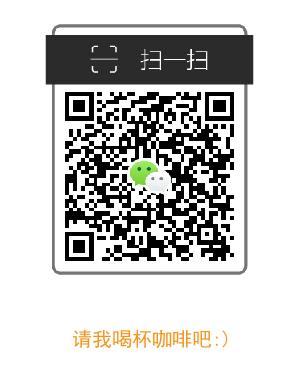golang 字符串操作实例
1 2 3 4 5 6 7 8 9 10 11 12 13 14 15 16 17 18 19 20 21 22 23 | package main import s "strings"import "fmt" var p = fmt.Println func main() { p("Contains: ", s.Contains("test", "es")) //是否包含 true p("Count: ", s.Count("test", "t")) //字符串出现字符的次数 2 p("HasPrefix: ", s.HasPrefix("test", "te")) //判断字符串首部 true p("HasSuffix: ", s.HasSuffix("test", "st")) //判断字符串结尾 true p("Index: ", s.Index("test", "e")) //查询字符串位置 1 p("Join: ", s.Join([]string{"a", "b"}, "-"))//字符串数组 连接 a-b p("Repeat: ", s.Repeat("a", 5)) //重复一个字符串 aaaaa p("Replace: ", s.Replace("foo", "o", "0", -1)) //字符串替换 指定起始位置为小于0,则全部替换 f00 p("Replace: ", s.Replace("foo", "o", "0", 1)) //字符串替换 指定起始位置1 f0o p("Split: ", s.Split("a-b-c-d-e", "-")) //字符串切割 [a b c d e] p("ToLower: ", s.ToLower("TEST")) //字符串 小写转换 test p("ToUpper: ", s.ToUpper("test")) //字符串 大写转换 TEST p("Len: ", len("hello")) //字符串长度 p("Char:", "hello"[1]) //标取字符串中的字符,类型为byte} |
关注下面二维码,订阅更多精彩内容。










【推荐】编程新体验,更懂你的AI,立即体验豆包MarsCode编程助手
【推荐】凌霞软件回馈社区,博客园 & 1Panel & Halo 联合会员上线
【推荐】抖音旗下AI助手豆包,你的智能百科全书,全免费不限次数
【推荐】博客园社区专享云产品让利特惠,阿里云新客6.5折上折
【推荐】轻量又高性能的 SSH 工具 IShell:AI 加持,快人一步
· .NET Core 托管堆内存泄露/CPU异常的常见思路
· PostgreSQL 和 SQL Server 在统计信息维护中的关键差异
· C++代码改造为UTF-8编码问题的总结
· DeepSeek 解答了困扰我五年的技术问题
· 为什么说在企业级应用开发中,后端往往是效率杀手?
· 清华大学推出第四讲使用 DeepSeek + DeepResearch 让科研像聊天一样简单!
· 推荐几款开源且免费的 .NET MAUI 组件库
· 易语言 —— 开山篇
· 实操Deepseek接入个人知识库
· Trae初体验